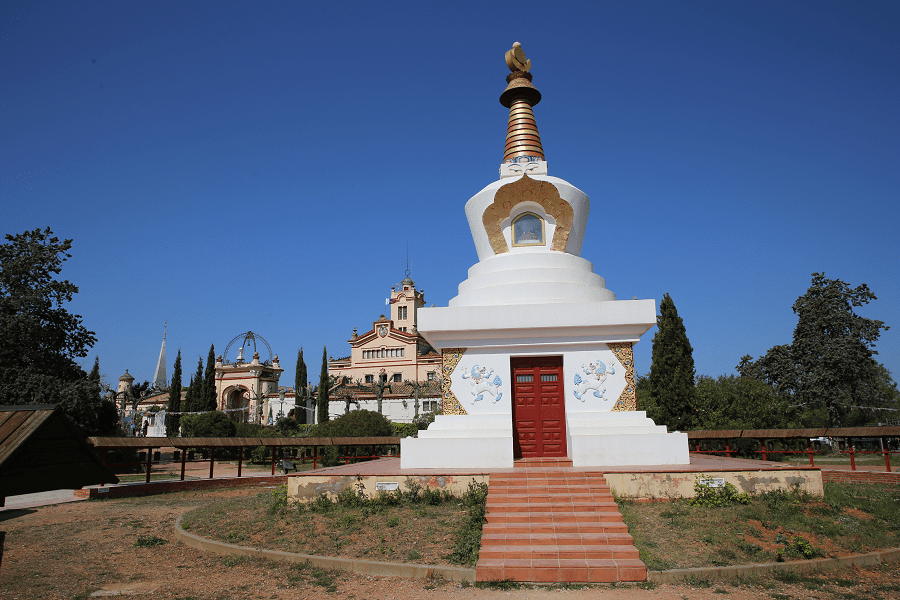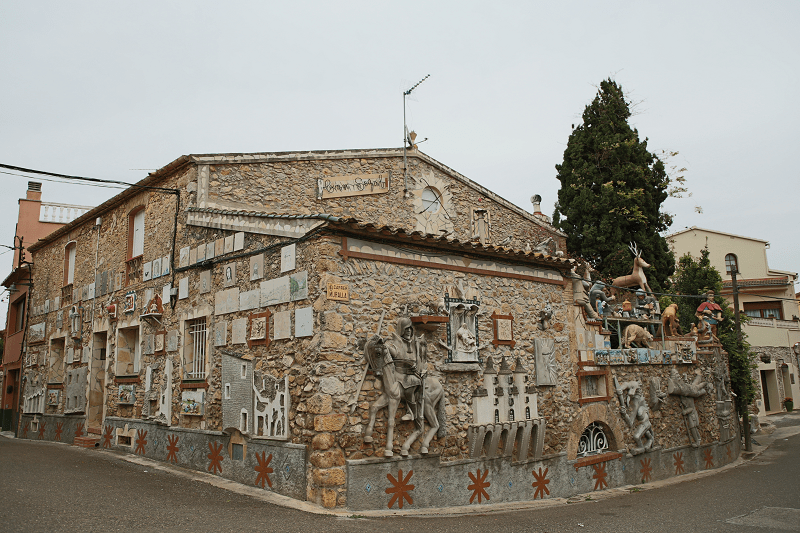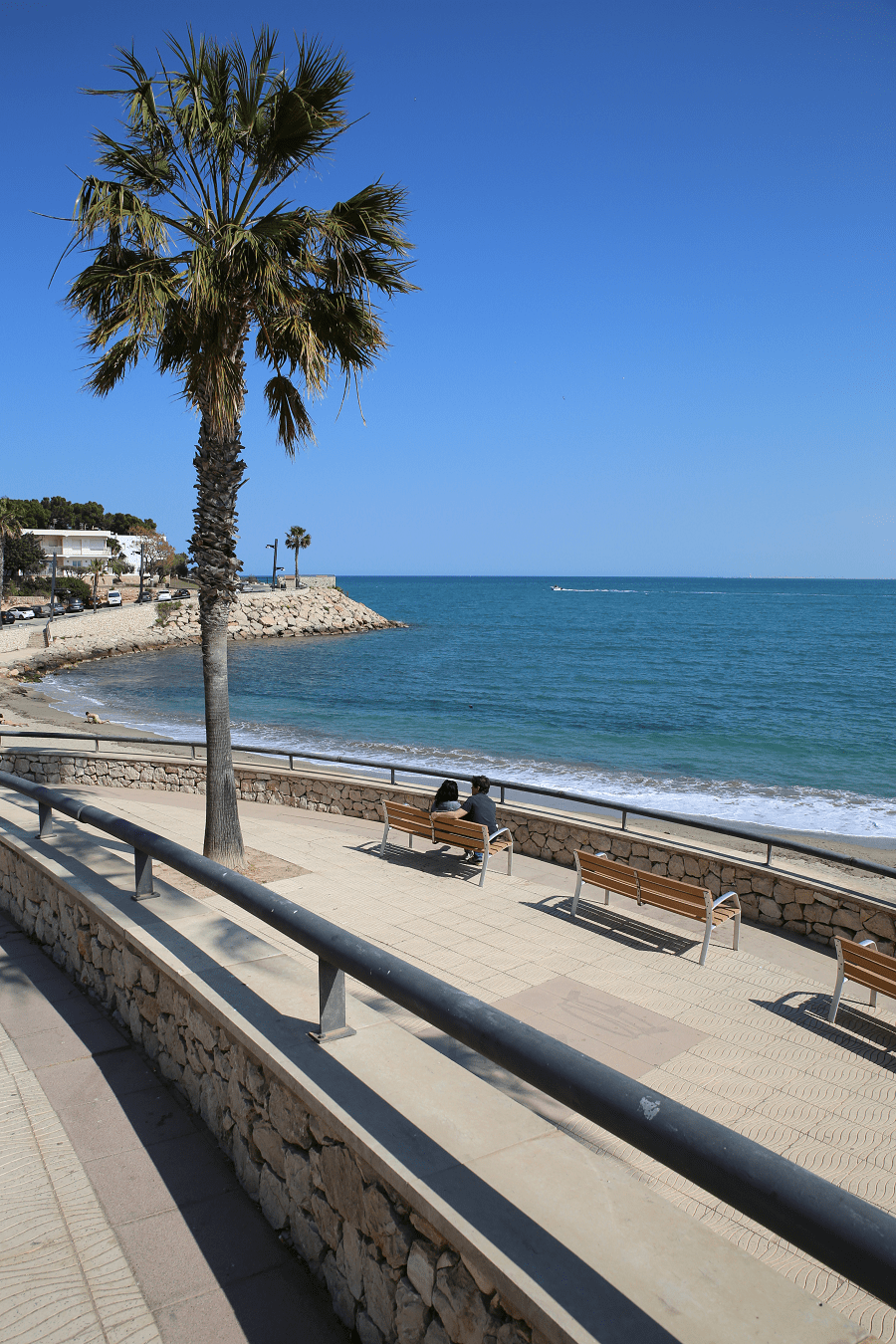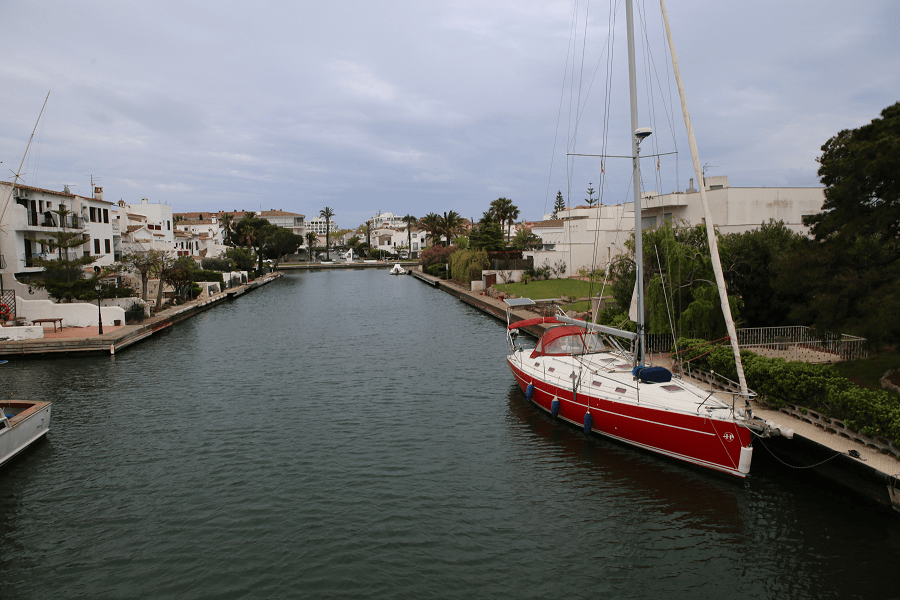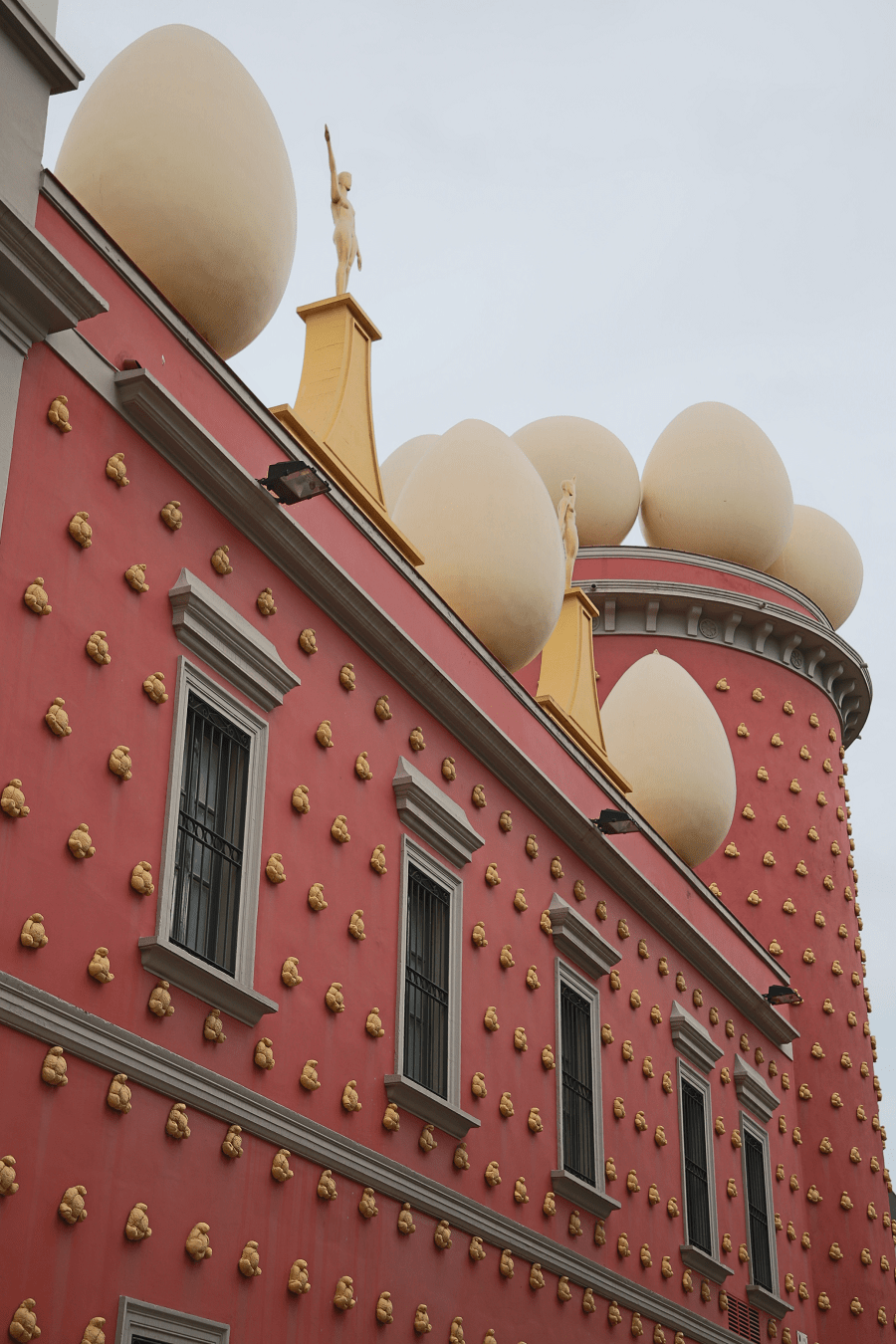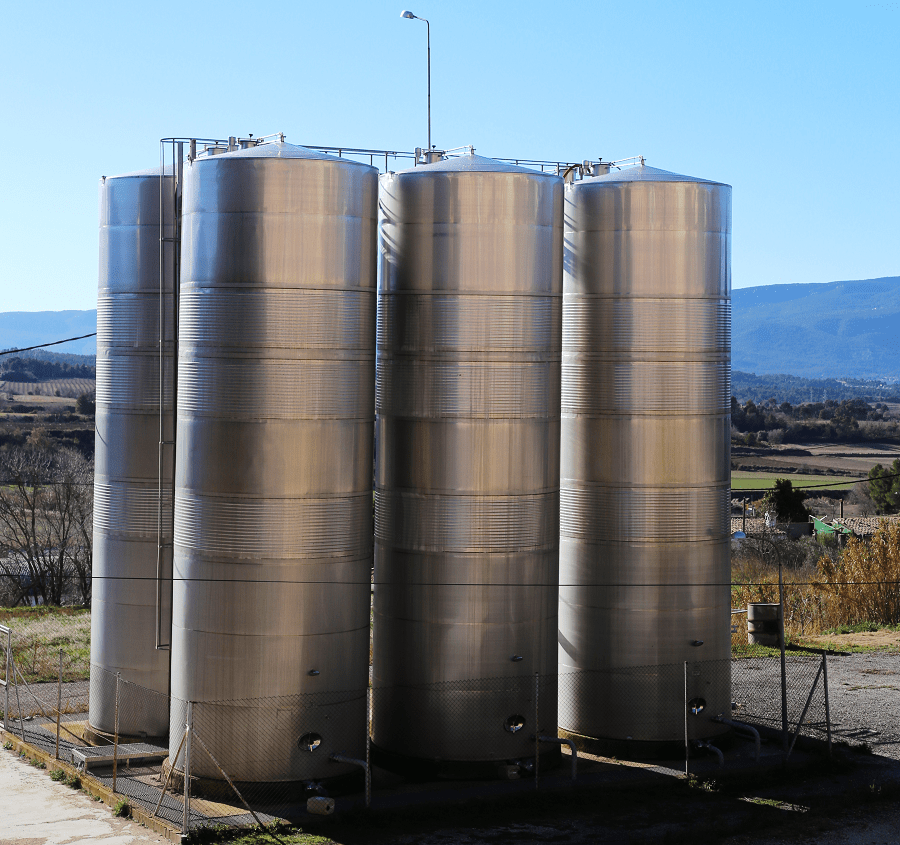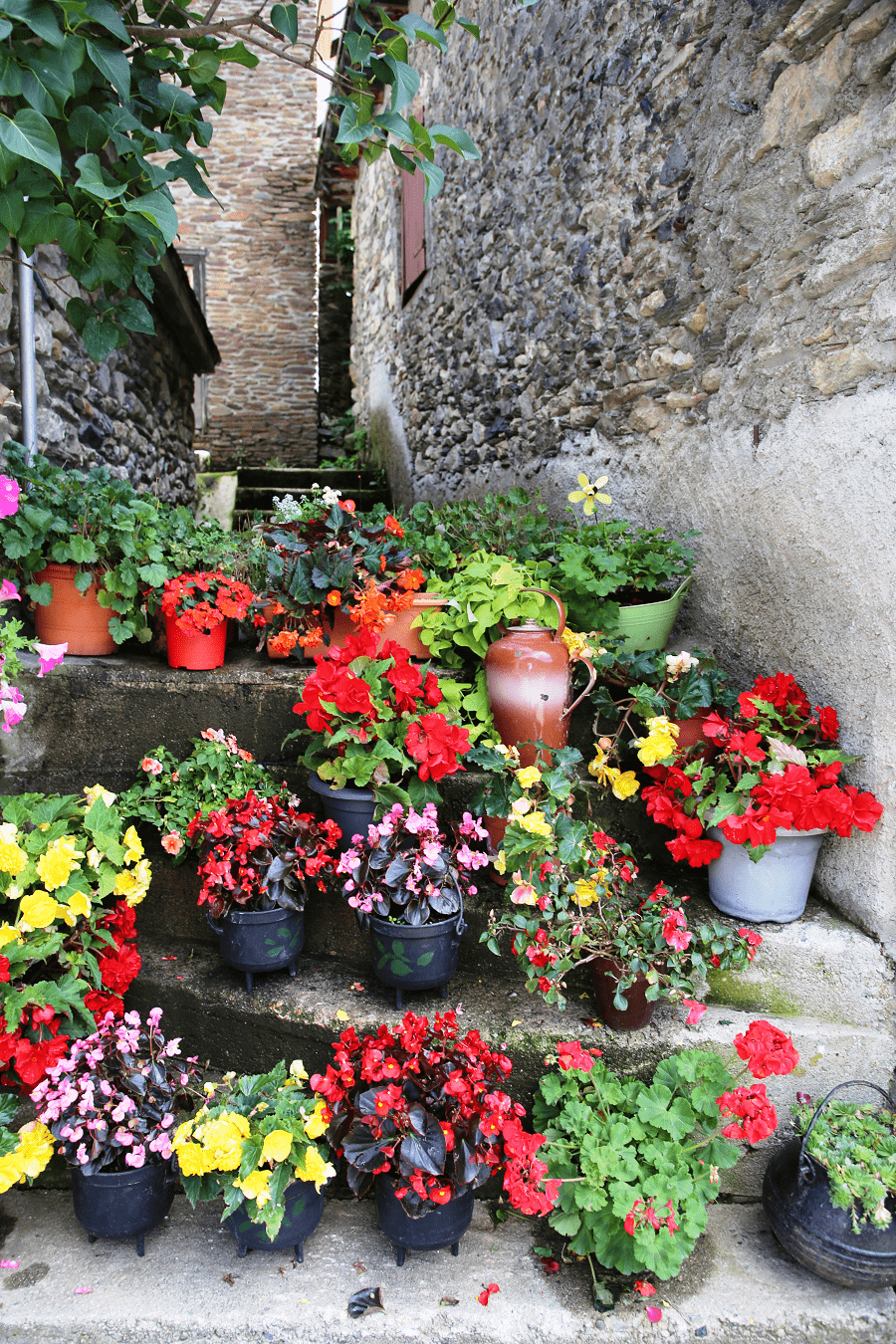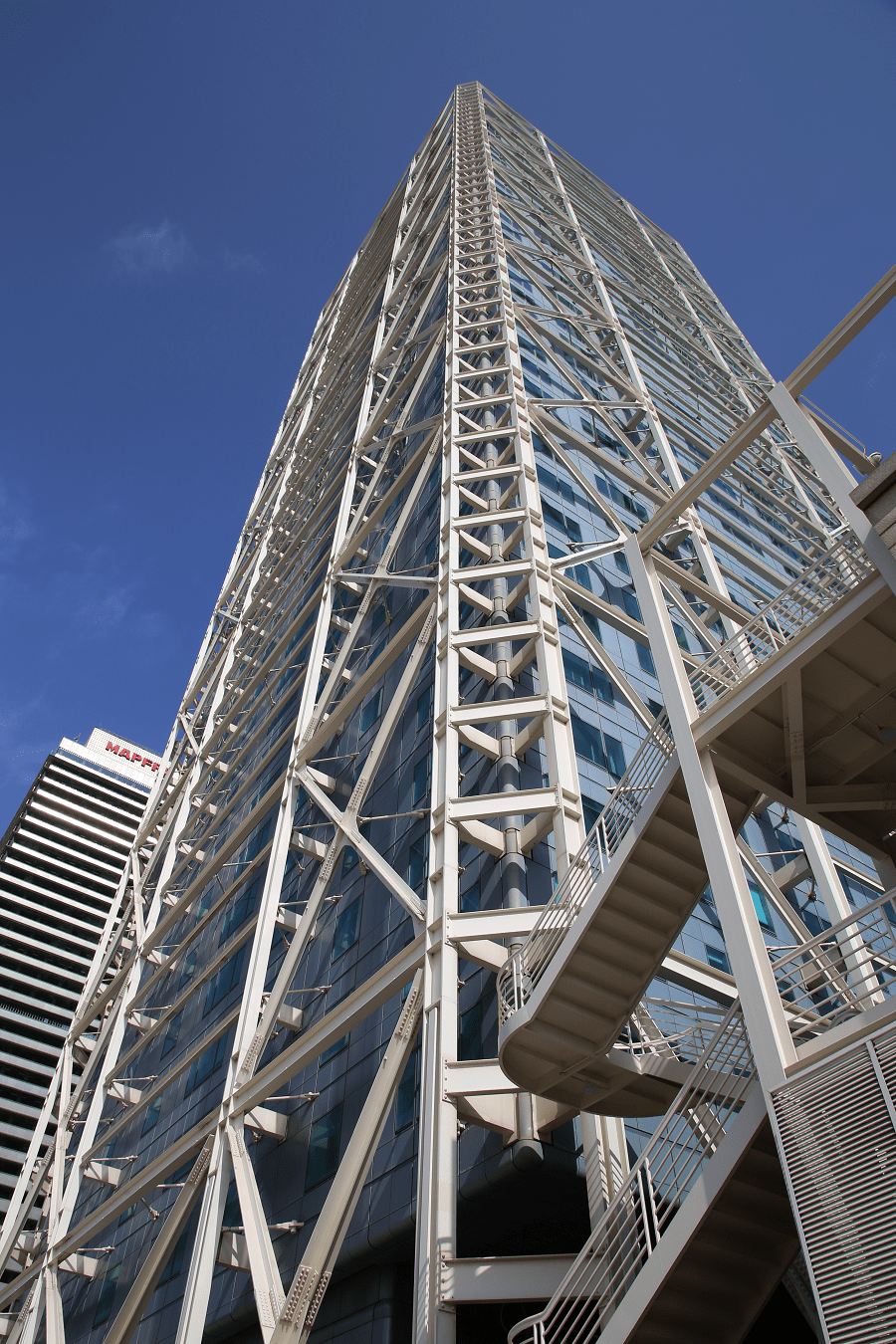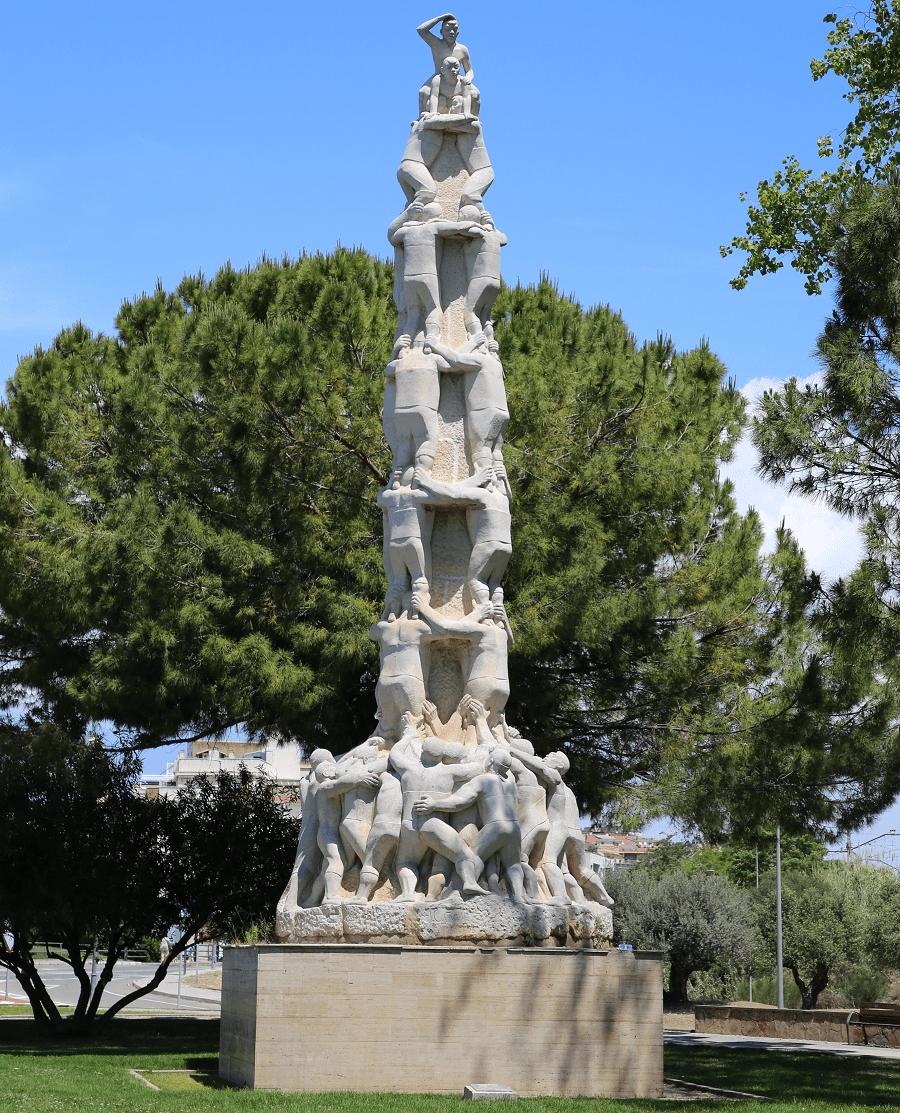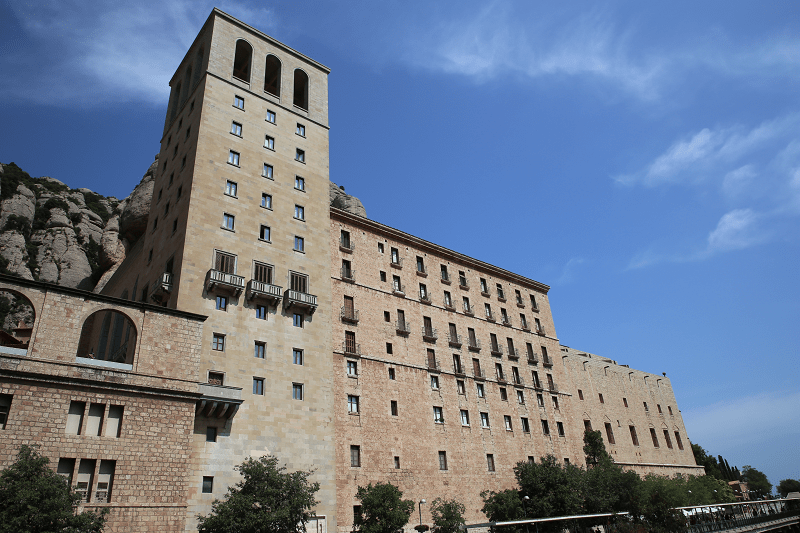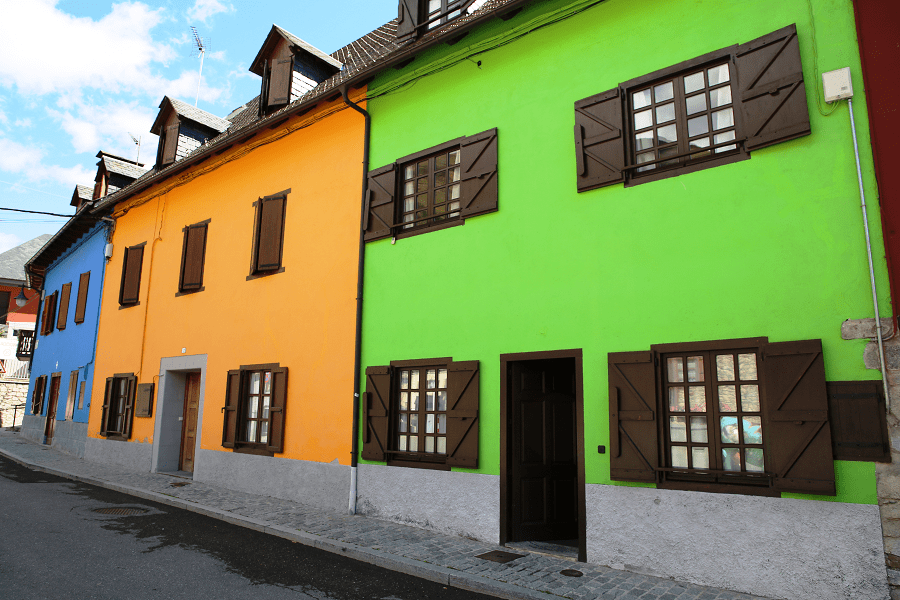Tourism in Catalonia is one of the most important sectors of the Catalan economy. It is the main tourist destination in Spain and one of the most important in Europe. One of the main destinations is the metropolitan area of Barcelona.
Catalonia is one of the leading tourist regions in the world. Tourism accounts for about 11-12% of Catalonia’s GDP. For example, in 2019, this figure was 12.34 billion euros.
As of 2019, Catalonia’s tourism consists of over one million places to stay. This figure also includes a number of tourist sites. According to Eurostat, tourist accommodation in Catalonia accounted for 22.1% of the total in Spain and 2.5% in the EU in 2019.
Catalonia is divided into 9 travel brands. The Barcelona brand is the most highly demanded by tourists. It is followed by the Costa Brava, Costa Daurada and Costa de Barcelona.
The total tourism in Catalonia in 2019 was 39.4 million: 49.2% of foreign tourism, 38.4% of domestic tourism (Catalonia residents) and 12.4% of other residents Spain. In terms of total travel spending, which reached €25,167 million, foreign tourism accounted for the bulk (84.7% of the total), followed by resident tourists in Catalonia (7.7%) and residents of the rest of Spain (7.5%).
Overseas tourism increased by 0.8% in 2019, while its spending increased by 4.1%.
Catalonia is positioned as the leading tourist destination in Spain. Between 2005 and 2019, the number of foreign tourists in Catalonia increased by 38%, while spending increased by 144.5%.
Catalonia travel guide
Sea resorts (from north to south)
Most beautiful cities (by provinces in alphabetical order)
Barcelona province
Girona province
Lleida province
Tarragona province
Best museums. TOP 5
National Museum of Science and Industry of Catalonia
Salvador Claret Automobile Collection
Ski resorts. TOP 5
Monasteries and sanctuaries. TOP 10
Monastery of Santa Maria de Pedralbes
Monastery of Sant Feliu de Cadins
Monastery of Sant Pere de Rodes
Monastery of Santa Maria de Bellpuig de les Avellanes
Royal Abbey of Santa Maria de Poblet
Sanctuary de la Mare de Déu de Lord
Sanctuary of the Virgin of Montserrat de Montferri
Interesting places. TOP 10
Abandoned places: Radio Liberty Station, Pals
Abandoned places: The Torre Blanca fortifications of Castellciutat in La Seu D’Urgell
Rome Aqueduct of Ferreras (Devil’s Bridge)
Roman arch in Tarragona province
Rural house with bas-reliefs at Llers
Segre Olympic rafting Park in La Seu D’Urgell
Vall de Boí and its UNESCO churches
Castles and fortresses. TOP 10
See here full list of Catalan castles (124 objects)
The most beautiful Spanish villages list
Nature. TOP 5
Banyoles – the largest lake in Catalonia
Canigou Peak – National Symbol of Catalonia
Cap de Creus — the easternmost point of the Iberian Peninsula
Salt Mountain Salins de Cardona
Festivals and traditions
The popular festivals in Catalonia and Catalan Countries are the set of traditional festivals that are celebrated in the Catalan-speaking territories. The main elements shared by the traditional festivals will be described below.
Fire is the most important element of traditional festivals, which denotes a great pagan root. It is interesting to note that these festivals of fire, which are also very present throughout Europe and beyond, have a very high acceptance in all Catalan countries, from the Fallas del Pallars Sobirà, the Fallas Andorra and the Canigó Flame to the Bonfires of Alicante and the Fallas, held in 90 towns in the Valencian community. More
Catalan cuisine
Catalan cuisine is part of Mediterranean cuisine and its typical example. Most often references are made to the food of Catalonia and Northern Catalonia, and occasionally Andorra but some contemporary authors like Josep Pla, Jaume Fàbrega, Eliana Thibaut i Comalada, Ferran Agulló and the English-language writer, Colman Andrews, talk about shared gastronomy throughout the Catalan cultural area, including the Valencian Community, Balearic Islands, La Franja and Andorra, and therefore it would be best referred to as the cuisine of the Catalan Countries. More
How to get to?
Airports
Airports in Catalonia are owned and operated by Aena (a Spanish Government entity) except two airports in Lleida which are operated by Aeroports de Catalunya (an entity belonging to the Government of Catalonia).
Full list:
- Barcelona El Prat Airport (Aena)
- Girona-Costa Brava Airport (Aena)
- Reus Airport (Aena)
- Lleida-Alguaire Airport (Aeroports de Catalunya)
- Sabadell Airport (Aena)
- La Seu d’Urgell Airport (Aeroports de Catalunya)
Distance by car to the capitals of the Spanish Communities:
To Madrid (Community of Madrid) 6 hr 29 min (626 km) via AP-2 and A-2
To Valencia (Valencian community) 3 hr 43 min (348 km) via AP-7
To Murcia (Murcian community) 5 hr 52 min (584 km) via AP-7
To Seville (Andalusia) 10 hr 3 min (993 km) via A-4 and AP-7
To Merida (Extremadura) 9 hr 15 min (958 km) via A-5 and A-2
To Toledo (Castile-La Mancha) 6 hr 58 min (689 km) via AP-2 and A-2
To Zaragoza (Aragon) 3 hr 17 min (311 km) via AP-2
To Valladolid (Castile and Leon) 7 hr 20 min (728 km) via AP-68 and AP-2
To Santiago de Compostela (Galicia) 11 hr 1 min (1,088 km) via AP-2
To Oviedo (Asturias) 8 hr 52 min (896 km) via AP-2
To Santander (Cantabria) 7 hr 4 min (707 km) via AP-68 and AP-2
To Vitoria-Gasteiz (Basque community) 5 hr 39 min (567 km) via AP-68 and AP-2
To Pamplona (Navarre) 4 hr 48 min (484 km) via AP-2
To Logroño (La Rioja) 4 hr 43 min (476 km) via AP-68 and AP-2
Railways
High-speed rail (AVE) services from Madrid currently reach Lleida, Tarragona and Barcelona. The journey between Barcelona and Madrid now takes about two-and-a-half hours. A connection to the French high-speed TGV network has been completed (called the Perpignan–Barcelona high-speed rail line) and the Spanish AVE service began commercial services on the line 9 January 2013, later offering services to Marseille on their high speed network. This new line passes through Girona and Figueres with a tunnel through the Pyrenees.
Main information
Area: 32 106.5 sq. km
GPS coordinates: 41°49′N 1°28′W
Language: Spanish, Catalan
Currency: Euro
Visa: Schengen
Time: Central European UTC +1, in summer +2
Phone code: 93 (Barcelona)
Photos: Alex Monroe




